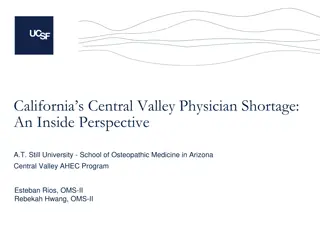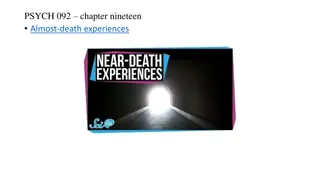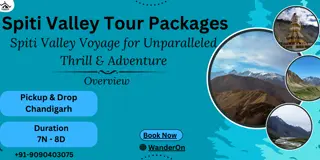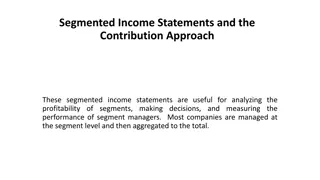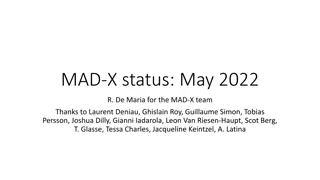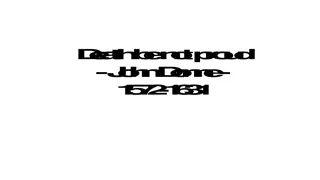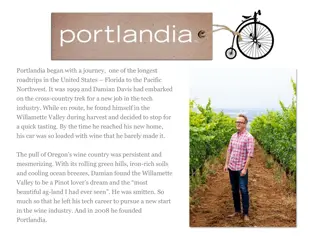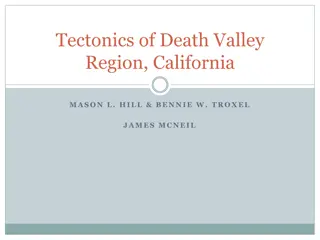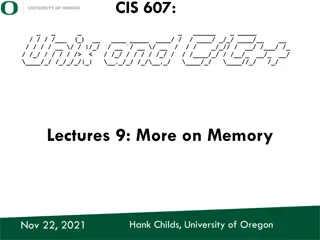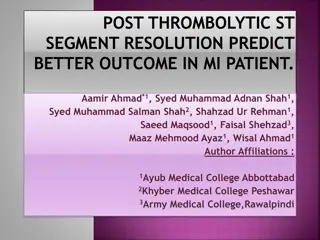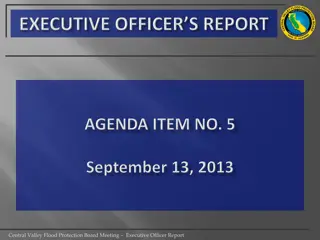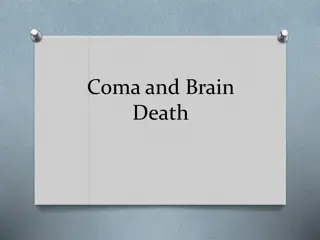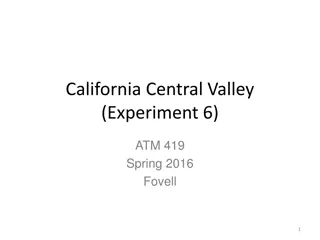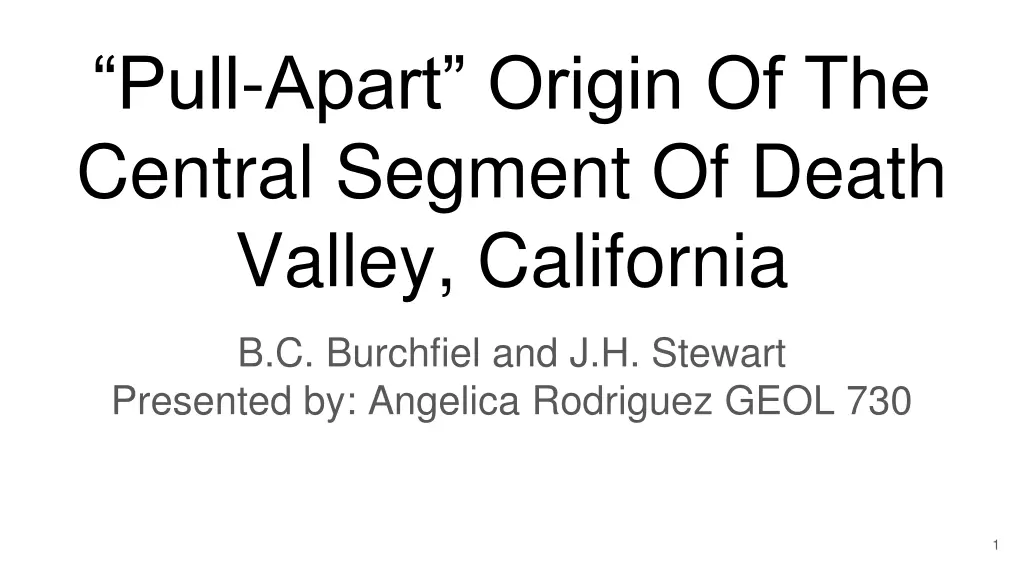
Central Segment of Death Valley Origin
Explore the geological formation of the central segment of Death Valley, California, focusing on the tectonic processes behind the creation of structural elements like the Death Valley Basin. Learn about the role of strike-slip faults such as the Death Valley Fault Zone and Furnace Creek Fault Zone, and the right-lateral displacement along these fault systems. Discover the intriguing mechanisms that led to the unique topographic features of Death Valley, including its deep basins and fault zones. References from geological studies provide further insights into the tectonic history of this fascinating region.
Uploaded on | 0 Views
Download Presentation

Please find below an Image/Link to download the presentation.
The content on the website is provided AS IS for your information and personal use only. It may not be sold, licensed, or shared on other websites without obtaining consent from the author. If you encounter any issues during the download, it is possible that the publisher has removed the file from their server.
You are allowed to download the files provided on this website for personal or commercial use, subject to the condition that they are used lawfully. All files are the property of their respective owners.
The content on the website is provided AS IS for your information and personal use only. It may not be sold, licensed, or shared on other websites without obtaining consent from the author.
E N D
Presentation Transcript
Pull-Apart Origin Of The Central Segment Of Death Valley, California B.C. Burchfiel and J.H. Stewart Presented by: Angelica Rodriguez GEOL 730 1
Death Valley Main Focus: How strike slip faults like the Death Valley Fault Zone (DVFZ) and Furnace Creek Fault Zone (FCFZ) form structural elements in the Death Valley area such as Death Valley Basin. 2 Shapiro et al., 2017 Burchfiel and Stewart., 1966
Death Valley Motivation: Contemporaneous studies (Hill and Troxel 1966, Wright and Troxel in press, and Stewart in press) have suggested that strike slip movement in the area are responsible for much of the tectonic history But don t explain how. 3 Burchfiel and Stewart., 1966
Death Valley Death Valley is a deep topographic feature that extends for 125mi; it is divided into three segments: Segment Length (mi) Depth 1 55 Ranges from below sea level to +4000ft 2 45 Entirely below sea level (lowest point -282ft) 3 25 Below sea level in deepest part 4 Burchfiel and Stewart., 1966
Death Valley Fault Zone Mechanism for creating Death Valley Basin: Slightly oblique trend of DVFZ within Death Valley Basin Right lateral strike slip movement Resulting motion pulls apart the two sides of the valley creating NS Basin 5 Burchfiel and Stewart., 1966
Right-Lateral Displacement Displacement along DVFZ and FCFZ is as much as 50 mi in places. In other places, displacement is taken up by gigantic oroclinal folds associated with right lateral movement of NW trending faults; movement may only be a few miles. Drury, S., 2016 6 Burchfiel and Stewart., 1966
References Burchfiel, B. C., and Stewart, J. H., 1966, Pull-Apart Origin Of The Central Segment Of Death Valley, California: Geological Society of America Bulletin, v. 77, p. 439-442. Drury, S., 2016, Water Exploration: Remote Sensing Approaches: ebook Shapiro, R. S., Greene, T.J., and Dehler, C., 2017, KINGSTON PEAK IRON FORMATION (NEOPROTEROZOIC, MOJAVE DESERT): TECTONICS NOT SNOWBALLS: Field Trip Guidebook: Society for Sedimentary Geology 7


